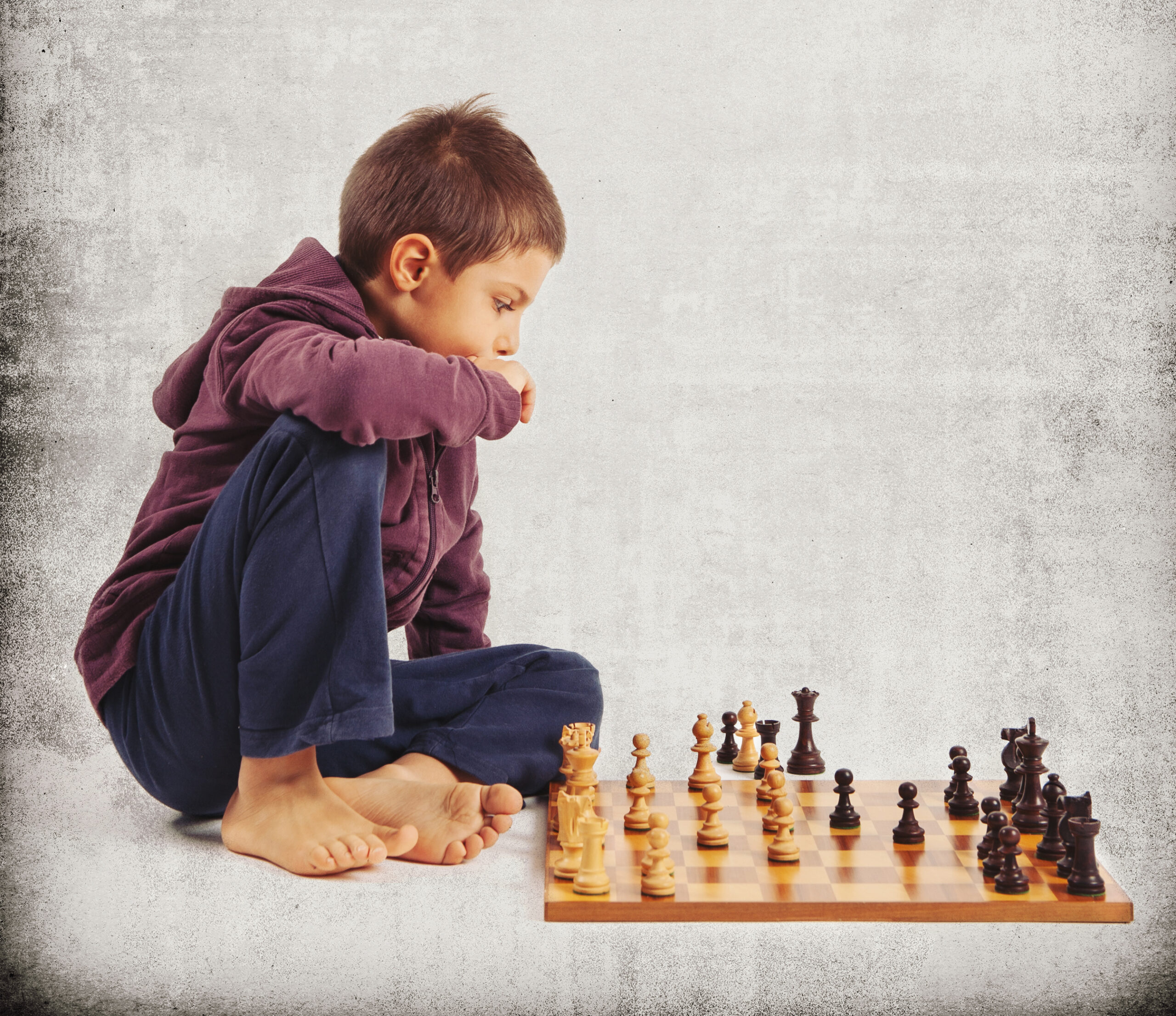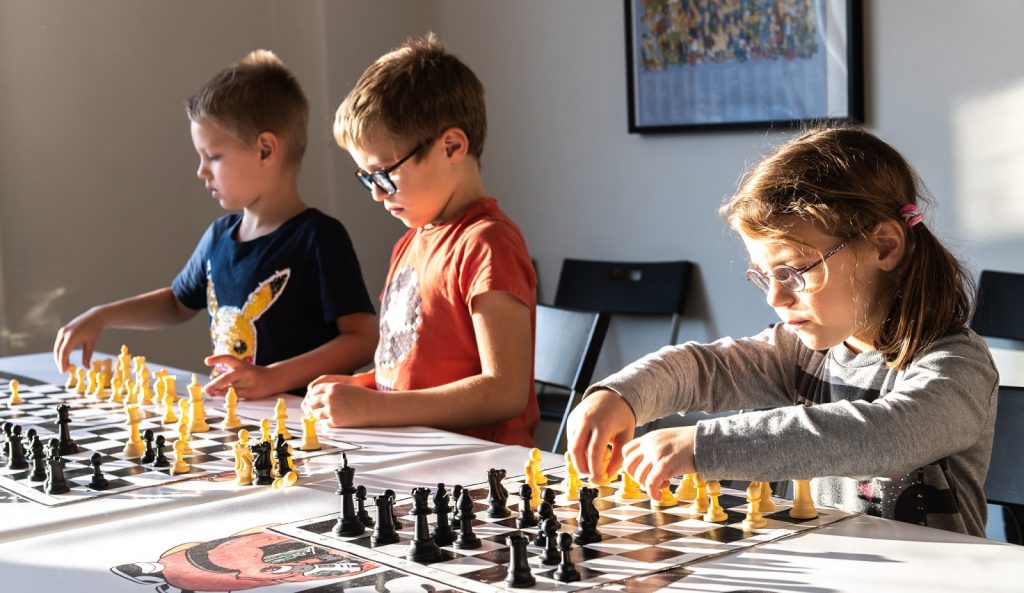Chess is an incredible game of strategy and intellect, and it all starts with the very first moves you make—the chess openings. Just like the first steps in a great adventure, chess openings set the stage for the exciting battles that follow on the board. In this blog, we’re going to explore some common chess openings perfect for young chess enthusiasts!
The Basics of Chess Openings
So, what exactly are chess openings? Well, think of them as the initial moves that kickstart your chess game. Just as a general plans their first moves before heading into a mission, chess players plan their opening moves to gain control of the board.
1. The Pawn’s Opening Move
Pawns are like the foot soldiers in your chess army, and their opening moves are crucial. Two of the most common pawn openings are 1.e4 (moving the pawn in front of the king) and 1.d4 (moving the pawn in front of the queen). These simple moves help control the center of the board and create pathways for your other pieces.
Here’s what it looks like:
- 1.e4: Pawn to e4
- 1.d4: Pawn to d4
2. The Knight’s Opening Move
Knights are the horsemen of chess, and they have some cool opening moves too. Knights usually go to f3 or c3 in the opening. For instance:
- 1.Nf3: Knight to f3
- 1.Nc3: Knight to c3
3. The Bishop’s Opening Move
Bishops are your long-range attackers, and they can be unleashed early in the game. Common bishop openings include Bc4 and Bb5:
- 1.Bc4: Bishop to c4
- 1.Bb5: Bishop to b5
The Importance of Controlling the Center
Controlling the center of the board is like having the best vantage point in a game of chess. It gives your pieces more room to move and makes it harder for your opponent to launch attacks. Remember, controlling the center is key!
Famous Chess Openings
Now, let’s talk about some famous chess openings that kids often find exciting:
- The Italian Game: It starts with 1.e4 e5, and White’s knight goes to f3, aiming for an early attack.
- The Ruy Lopez: It begins with 1.e4 e5, and then 2.Nf3 Nc6, followed by 3.Bb5. This opening is named after a Spanish bishop, and it’s known for creating interesting positions.
Practice Makes Perfect
As you start exploring these chess openings, don’t forget that practice is the key to improvement. There are many great resources, chess books, online platforms, and apps specially designed for young chess learners. Try to play games with friends and family or against chess computers to sharpen your skills.
Conclution
Since every player has a different playing style, each move opens up into a different possibility on the board. Which is why the game of Chess is known as the King of Critical Thinking and Creativity. Want your child to sharpen their mind? Enroll them for a free MyChessCoach demo class today! Visit www.mychesscoach.com .



